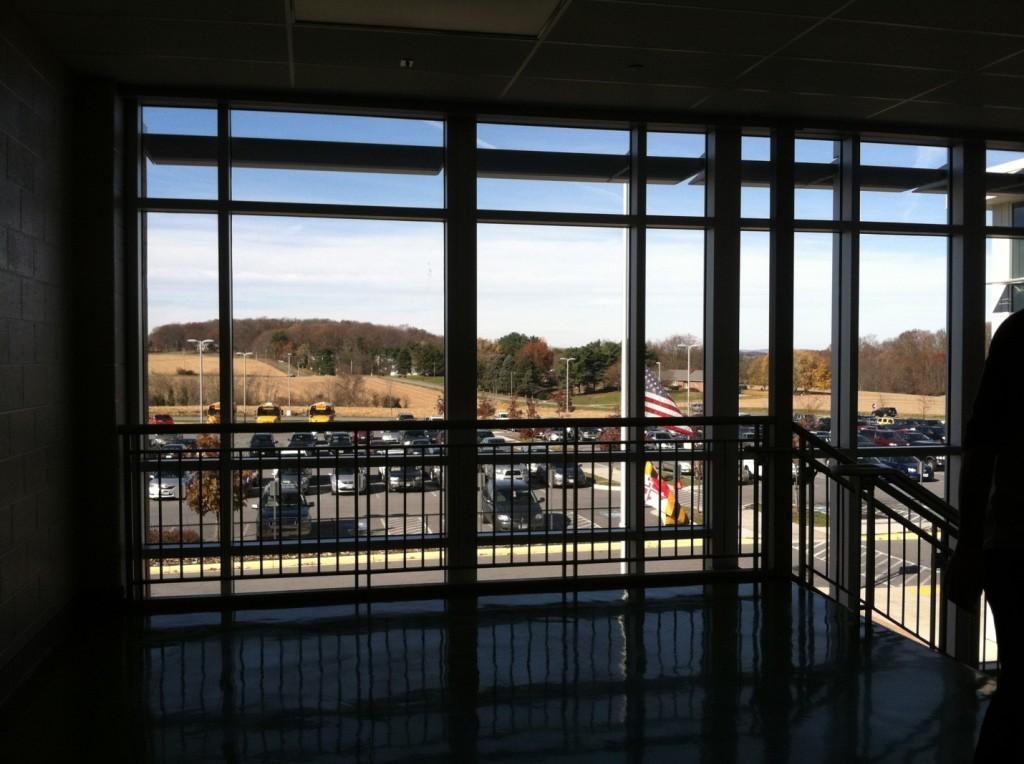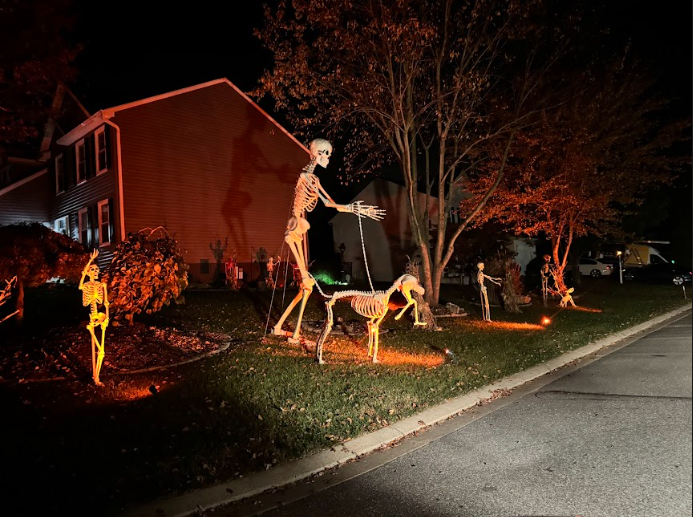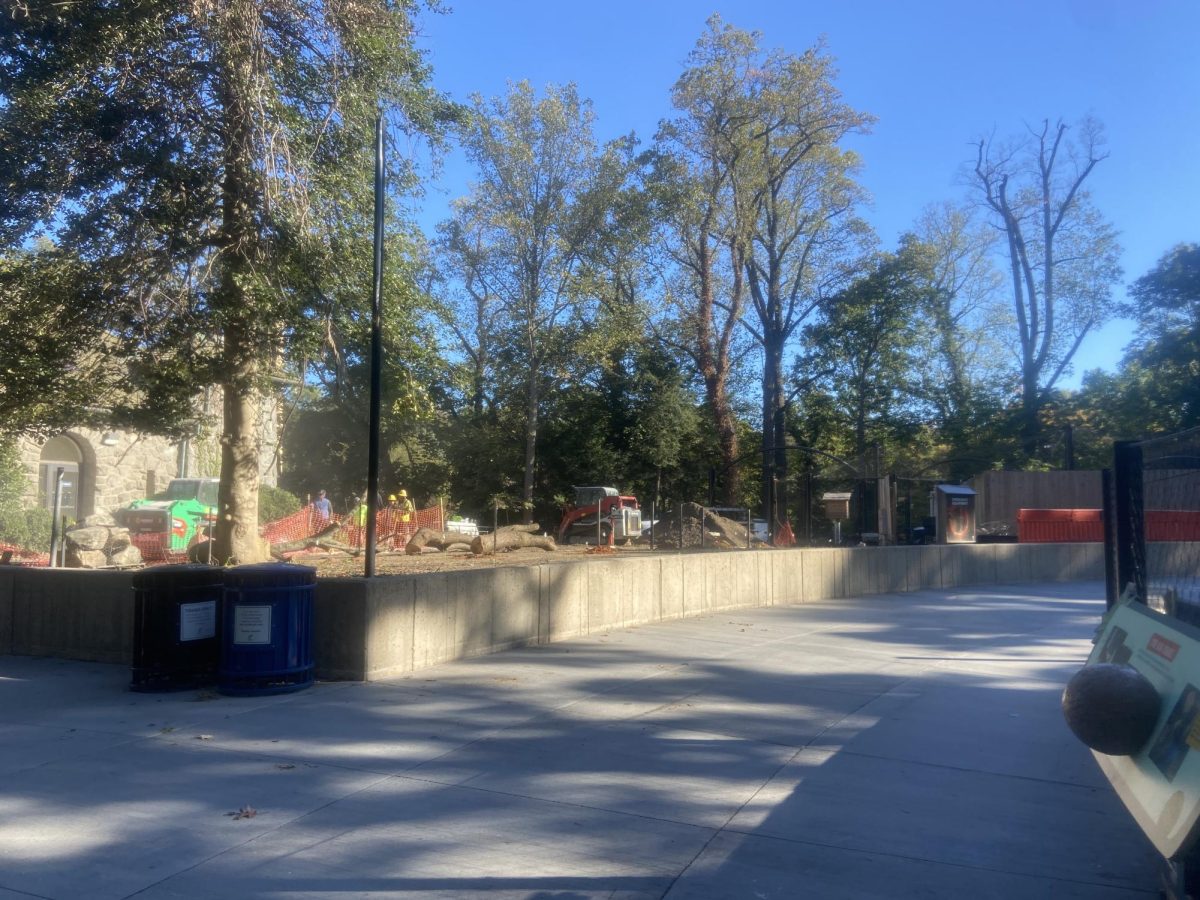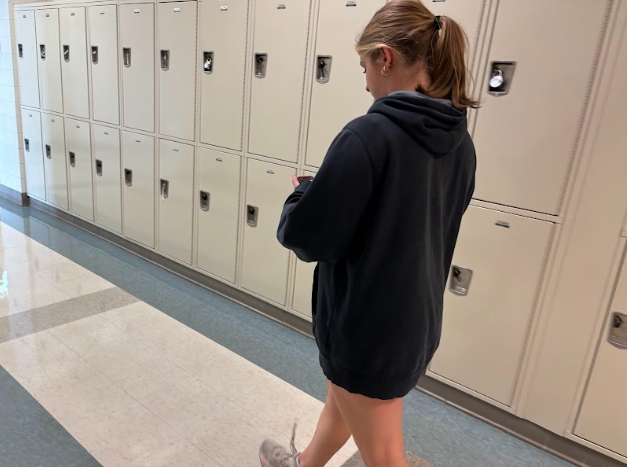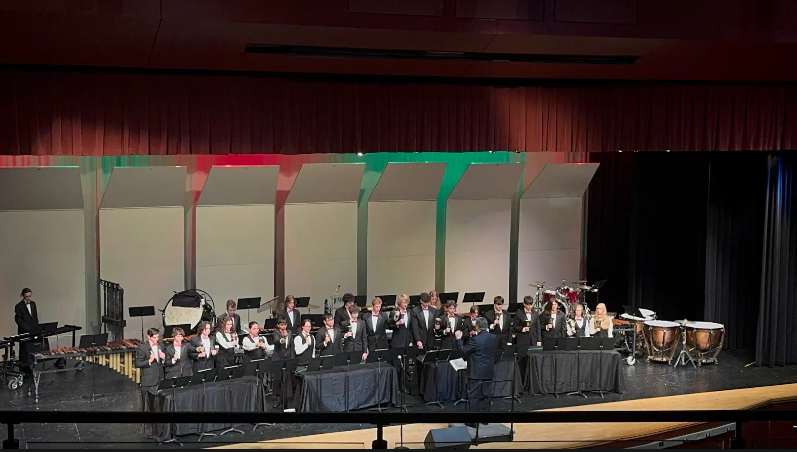Concern about conserving energy has been increasing across the nation. The first step in creating a ‘green’ world starts at home. Maybe education and practice should start at school.
According to a website that tracks energy use, School Energy Saving, schools spend over $6 billion a year on energy, yet 25% of that energy is wasted.
Recycling has been encouraged in the school with multiple recycle bins in the lunchrooms and classrooms; however, LHS lags behind many other FCPS schools in recycling output.
According to the FCPS recycling report, during the month of October LHS recycled an average of 1.15 lbs per capita (or student). Other Frederick County high schools, like Tuscarora, recycled 2.15 lbs per capita. This is a difference of 1 pound. Linganore may have beaten THS in football, but their school colors aren’t green and black for nothing.
“I don’t really go out of my way to recycle at school. If I see one of the bins I usually do, but I don’t search for them when I have something that can be recycled,” said junior Mariah Wilson.
“We need to promote recycling in the school. Students need to advertise it so more people are aware. There should be nothing in the trash can that can be recycled,” said Assistant Principal Jan Witt.
Competition between schools might motivate students to recycle.
Keep America Beautiful is hosting a friendly recycling competition between schools throughout the nation called the Recycle Bowl Competition. The goal of the competition is to motivate students to recycle and “Establish new recycling programs within schools, increase recycling rates in schools that currently recycle, and provide teacher/student educational opportunities about recycling and waste reduction.” For more information on the Recycle bowl, go to the website, http://recycle-bowl.org.
“I feel that if we were competing against other schools, such as Urbana, Oakdale, and Middletown, that students would be more likely to try to win,” said junior Jonathan Gober.
Recycling isn’t the only way to be a green school
Recycling is only a small part of being a ‘green’ school, and because of its design, LHS exceeds expectation in other areas of limiting energy use.
“Our school was actually designed to be green. It’s very energy efficient. When it was built it was a little bit costly, but down the road it will save us a great deal of money,” said Witt.
“It’s harder for other schools to do what has been done here to our school because they don’t have a clean slate to work with like we did. They would have to adjust their current school, because it would be hard for them to build a new one, but other schools should strive to be as green as ours,” said Gober.
The school was built to be the most energy efficient it could be. According to Witt, our school was built with double glazed windows, motion sensor lights, and appliances that all help the schools save energy.
The number of windows in our classrooms has more purpose than enjoying the view. These windows provide natural light. The hallways are mostly lit from the natural light that comes in through the ceiling, and those classrooms that aren’t near an outside window have a window that lets in the hallway’s light. These lighting short cuts help decrease the use of electricity.
In 2010 Oakdale High School installed solar panels. Solar panels use light from the sun to convert to energy. The solar panels contribute to powering the school’s heat and electricity.
It’s just as easy to have a green household.
“If your house is 20-30 years old, and your windows have not been replaced, you should probably invest in some new windows. Also, getting insulation in your house is a worthwhile investment. It will definitely end up saving you money,” said Witt.
These changes are difficult to make at first because they are so expensive.
Other ways include replacing old light bulbs with CFL light bulbs, or as most of us know them, the twisty bulbs. If appliances are old, they should be replaced too. Most household necessities have been re-created to become more energy efficient.
The power company BGE offers $100 audits to customers where BGE will come to your home and give you Home Energy Saving Solutions. The cost of a non-customer audit is $400 so take the opportunity to improve you home.
Having a green school and home is easy. Stay motivated and encourage friends to recycle and create a more energy efficient environment. With everyone’s help, Linganore can be red, black, white, and green.


